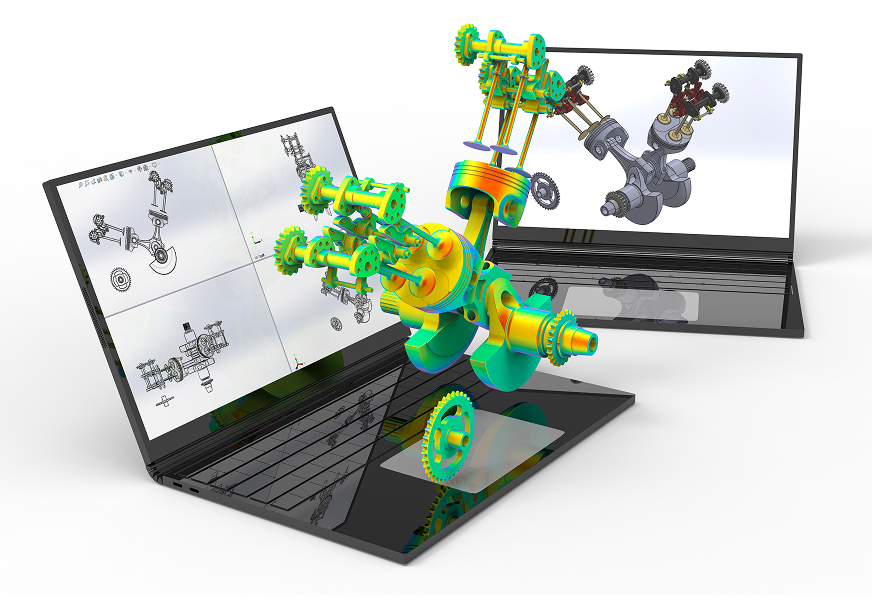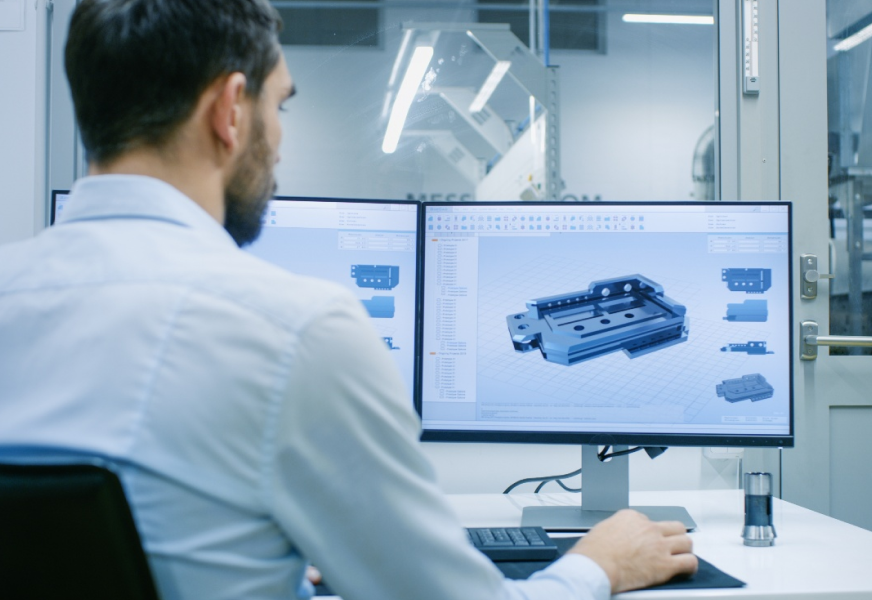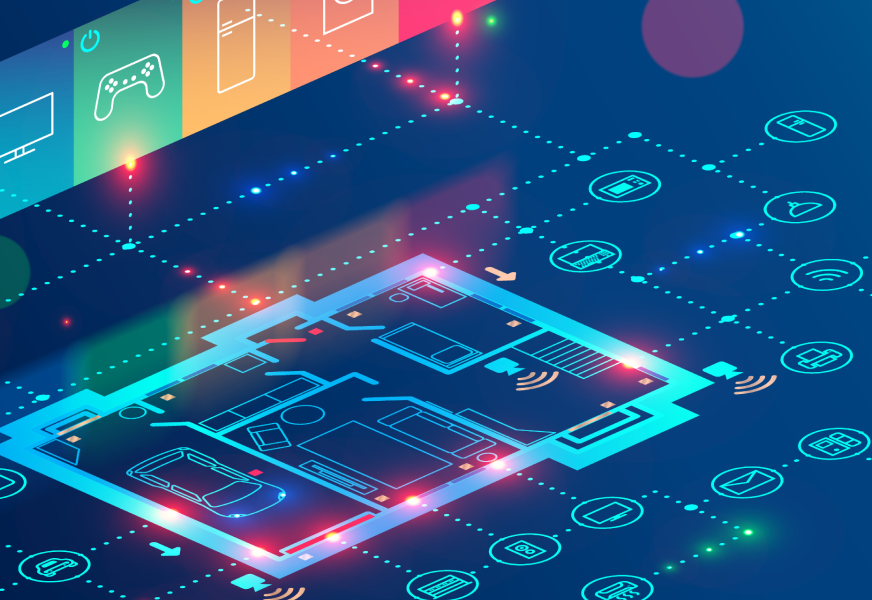At Ctrine Engineering, we bring you the benefits of a Global Capability Centre (GCC) — without the need to establish one yourself. Our tailored GCC services empower OEMs and Tier-1s with dedicated engineering talent, virtual validation expertise, and scalable digital design support.
Ctrine’s GCC services give you the power of a dedicated engineering centre — enabling speed, precision, and efficiency — while you focus on core innovation.
We harness digital simulation to shorten development cycles and ensure confidence before prototyping.

Ctrine’s expertise in structural design, material science, and testing ensures robust durability analysis. We design for long-term performance, incorporating active and passive safety measures that comply with global standards and regulations.
We help OEMs refine vehicle acoustics and dynamics through NVH optimization strategies. Our engineers analyze structure-borne and airborne noise to elevate occupant comfort and deliver premium in-cabin experiences.
Using CFD tools and physical testing, we engineer intelligent thermal management that boost efficiency, vehicle range (for EVs), and cooling performance, all while supporting advanced aesthetic integration.
We design, simulate, and validate the dynamic behavior of vehicles—steering, braking, handling, and ride comfort—ensuring superior road performance under all conditions.
We offer all types of Meshing for plastic and Sheet Metal Components. We maintain the criteria which is advised from client side, which is critical in terms of quality. We use industry recommended software Hypermesh for meshing.
We do:
We carry vehicle crash tests under specific condition and environment to check their validation. This process makes easy to understand how a product will behave in a given environment. We combine safety guidelines from local government and international standards like Euro NCAP, Latin NCAP to deliver perfect result. We perform following tests:
We provide comprehensive solutions in base vehicle architecture, establishing a strong design foundation through advanced conceptualization, ergonomics, and platform strategy — ensuring every product is aesthetically pleasing, structurally sound, and manufacturing-ready.

Interior designing of vehicle in plastic such as instrument panel(IP), Seat Designing and manufacturing, Console and Door trim
Ctrine Engineering designs and validates instrument panel in cars and commercial vehicles. We follow industry norms and standards to deliver the result which will best suit our client. Our approach is always been industry oriented and safety procured.
We design,develop and test various seating systems at our place. We have worked with some notable clients in the industry for seating projects. Ctrine has positioned itself as a leading oem for seat design development in automotive and commercial sector. Seating System Expertise:
Ctrine underdstands the manufacturing process of a vehicle and hence design, develop interiors which will easily meet car specifications.We have designed and validated interior parts and console of automotive and commercial vehicles. Our experience and approach makes us different than others.
We work closely with automotive manufacturers to design and validate solutions which meets
industrial standards. We have developed solutions for door trims of cars and commercial vehicles.
In Exterior, Ctrine offers Bumper, Energy Absorber’s Design.
A bumper is a structure attached to or integrated with the front and rear ends of a motor vehicle, to absorb impact in a collision and make vehicle crashworthy. Various improvements, developments in material & technology have changed the concept of bumper. With safety being a major feature now, importance of bumper have risen extensively in vehicles. Ctrine understands the importance of bumper for the safety of vehicle. We design and validate bumper for automotive and commercial vehicles. Our priority has always been passenger safety. We work towards achieving this goal by developing industry recommended standard bumper designs.
Energy absorbers are designed to absorb minor collision energy by crushing or collapsing, thus reducing physical damage to the vehicle structure. Energy absorber plays an important role in ensuring vehicle safety. Ctrine have developed standard approach to design and validate energy absorber which meet market specifications.
In SheetMetal, Ctrine offers design structures like BIW(Body in White), Bonate and Door Panel. BIW is a design structure without door, wheels or anyother moving parts. We do BIW for car, bus and commercial vehicles.
Body In white is a stage before engine, chassis assemblies. It is a Skelton structure of a vehicle. Ctrine understands the market requirement and criteria for BIW design and works specifically to achieve those standards. Our engineers have capability to do CAD and Simulation for BIW part of any automotive or commercial vehicle.
Ctrine engineering designs bonate of car with keeping industry specification in mind. We work closely with manufacturers to understand cliché terms and provide simplified solutions to our client.
We provide design assembly for exterior trims of cars. We analyse and validate door panel for automotive and commercial vehicle industry. We use industry standard softwares like Solidworks, UGNX, Pro-e and Creo for client solutions.
Reverse Engineering is one more vertical succesfully adopted by Ctrine. We offer 3D CAD Modeling of a product from physical appearnces and geometric measurments. All product undergo some changes after their launch. They also need improvement and innovation. With reverse engineering you can make changes in the cad model and see how it look before you launch the product. You can also modify or rectify some errors at the same time.
At CTRINE, we follow a standardized PLM/PDM framework that ensures our customers experience seamless, efficient, and error-free product development cycles. Our approach is built to simplify data handling, streamline processes, and provide complete control over revisions and change management.

By adopting this process-driven PLM/PDM framework, our customers gain faster development cycles, reduced rework, and enhanced product quality, enabling them to stay competitive in rapidly evolving markets.